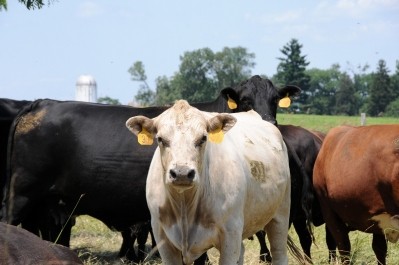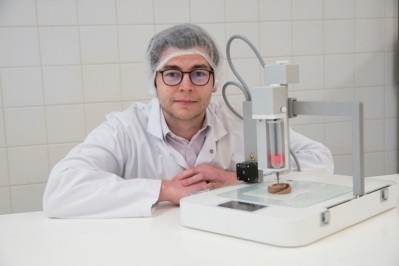Opinion
Is your digital blueprint in place for Industry 4.0?

It’s often said we are entering a new industrial age. Once-futuristic ideas that were incapable of being scaled are now a reality, shaping the way we produce, plan and select food, with many turning to technology to address the people issues affecting the sector.
Only a few years ago the idea of direct-to-consumer retail was an anathema. Now, the opportunity is vast, with channels like Amazon and Deliveroo providing a platform and supply chain solution that solves the previous issue of low volume sales.
Optimising production
These new platforms use aggregated data to optimise production, assessing when there may be peaks in demand and who buys what, and when.
With Brexit looming, there’s a focus on the need for cross-border chains to work smoothly to avoid shelves becoming empty. Many have pointed to blockchain as a solution. Others think artificial intelligence (AI) or machine learning might expedite matters.
Indeed, in their simplest form, these can be used to monitor manufacturing, identify natural nuances and make non-binary responses to situations, but there is no doubt they will develop further. So, food manufacturers need to consider what their future digital blueprint will look like and begin to plan their technological and data processing needs.
No need for more regulation
While we don’t yet have regulations covering 3D printed food or lab cultured ‘meat’, for example, we don’t really need more regulation – just time to think about how the regime should be applied.
The ability to personalise food for the mass market is now more than just a fad, although the ability to sustain margins on this production method is still in question.
When one combines that with other businesses providing analytics on consumers’ DNA for personalised diet recommendations and the ability, in a few years, to ‘print’ your own foods, it’s easy to see how this really could be the dawn of a new world.


















